Abstraction: Informers and The Informed
By Peggy Roalf Thursday April 21, 2011
The first known abstract painting was made in 1911 by Wassily Kandinsky, and so this 100th anniversary year offers opportunities to explore a fascinating world of art from many points of view. Undoubtedly nudged by the multi-dimensional exploration of Abstract Expressionism currently on view at MoMA, numerous exhibitions continue to unfold in New York, including 70 Years of Abstract Painting—Excerpts at Jason McCoy Gallery.
The show starts off with a retina-blasting canvas from 1969 by Gene Davis (1920-1985) that capitalizes on ideas from Op Art practices of the day – filtered through an evidently fun-loving eye (below, left). At roughly 5.5 x 5.5 feet, the painting riffs on Josef Albers’ (1888-1976) Interaction of Color series, but done in a spectrum of vibrating stripes, rather than squares.
Just around the corner, the logic behind the selections, by Stephanie B. Simmons, becomes apparent. Masters of abstraction, from Jackson Pollack to Al Held, from Hans Hoffman to Richard Anuskiewicz, are placed alongside less well-known but influential artists, including Vaclav Vytacil, Norman Bluhm and Paul Kelpe. And in between, the current generation of non-narrative painters hold sway, with works by Peggy Bates, Sarah Mattes, Rob Nadeau, and many more.
On the opposite wall is Homage to the Square: Grisaille & Ground, 1961, by Josef Albers The solid square shapes and earthy tones make a formal statement that is played off of, in a contrapuntal way, by the pyramidical shapes and shimmering zinc-like tones of Further I, 1984 by Hedda Sterne (1910-2011).
In the back gallery, color takes charge as the guiding principle, starting with a round canvas by Kenneth Nolan (1924-2010), whose red and blue bull’s eye sets the pace for the Op Art attributes of vibrating red and green forms in Correspondence Red-Green, 1967 by Leon Polk Smith (1906-1996); and for the circular cut-outs in Joe Fyte’s, Two Clouds, 2011, which are set off by a super-saturated blue field of gauze fabric.
Another wall has Paul Kelpe (1902-1985) as its “godfather,” represented by a small, almost square, architectonic oil painting from around 1925. Radiating out on either side are a dozen recent paintings whose main concerns are surface quality (above right). The heavy impasto of In Natura, 2010 by John Zinsser seems to be informed by Philip Guston’s non-figurative paintings from the 60s (one of which is currently on view at McKee Gallery). In Untitled, 2010 by Nick Lamia, transparent washes in blue and green oils are built up over extremely rough canvas, creating the illusion of a flat, glistening plane. And Three Muses, 2011 by Willy Bo Richardson, with its rough-textured stripes in high-key color, acts as a gleeful bookend for the opening wall of the show. 70 Years of Abstract Painting—Excerpts continues at Jason McCoy Gallery through May 20th. The Fuller Building, 21 East 57th Street, 11th Floor, New York, NY.
original article found here: Peggy Roalf – Informers and The Informed
Download PDF here: Peggy Roalf_DART
The show is installed to capitalize on visual dialogues between groupings of works whose themes are often dominated by color, form and texture. An early Jackson Pollack, from the 1946 Aaccabonac Creek series, is formed with colors and bold strokes that suggest a riparian zone. Flanked by Sharon Horvath’s succinctly elliptical Blue One, 2009 and the mandala-like Untitled (Sonancy), 2009 by Gwenn Thomas, color and graphic forms in the grouping conspire to bridge both generation and gender gaps.
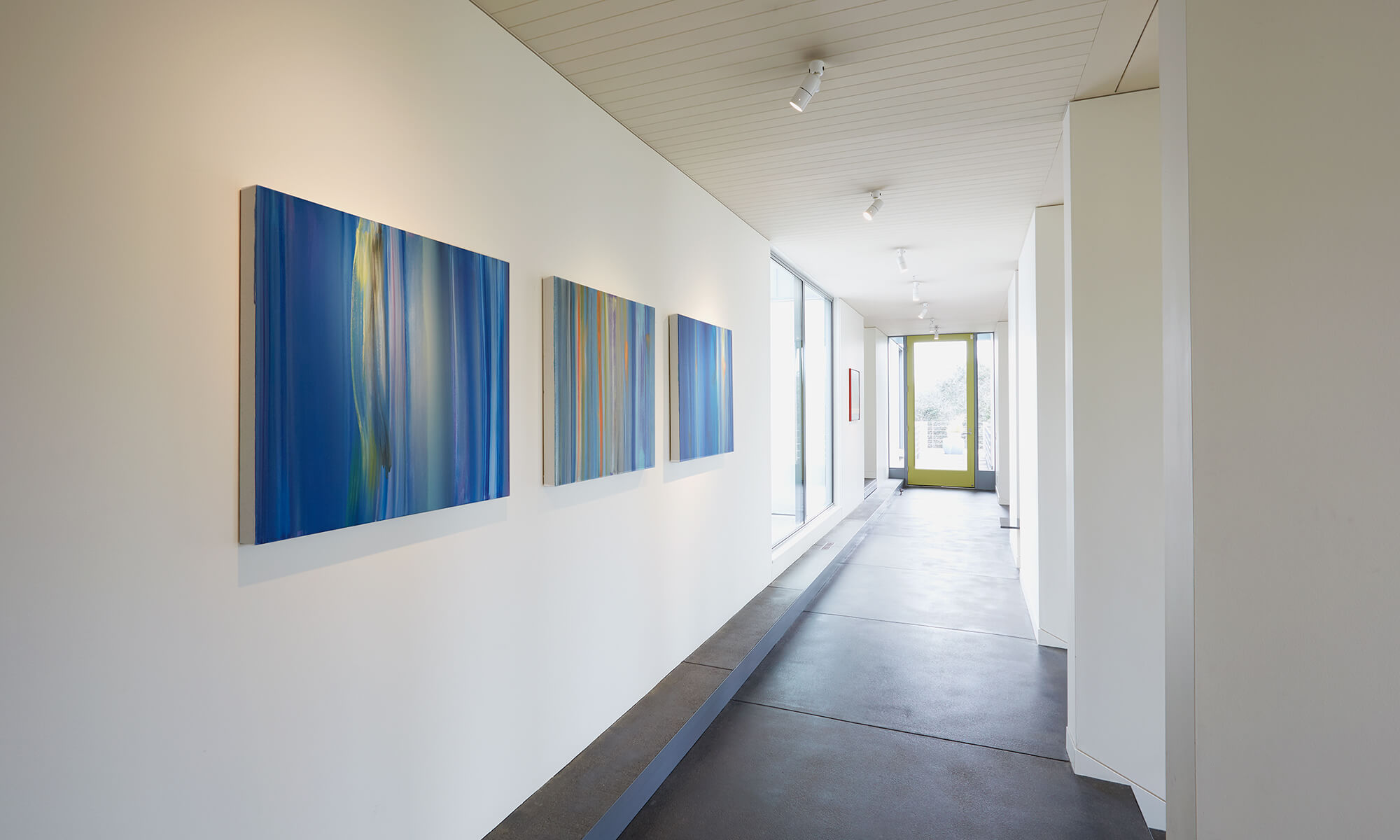
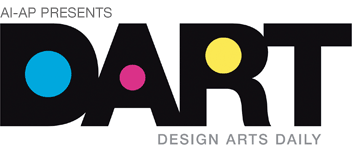
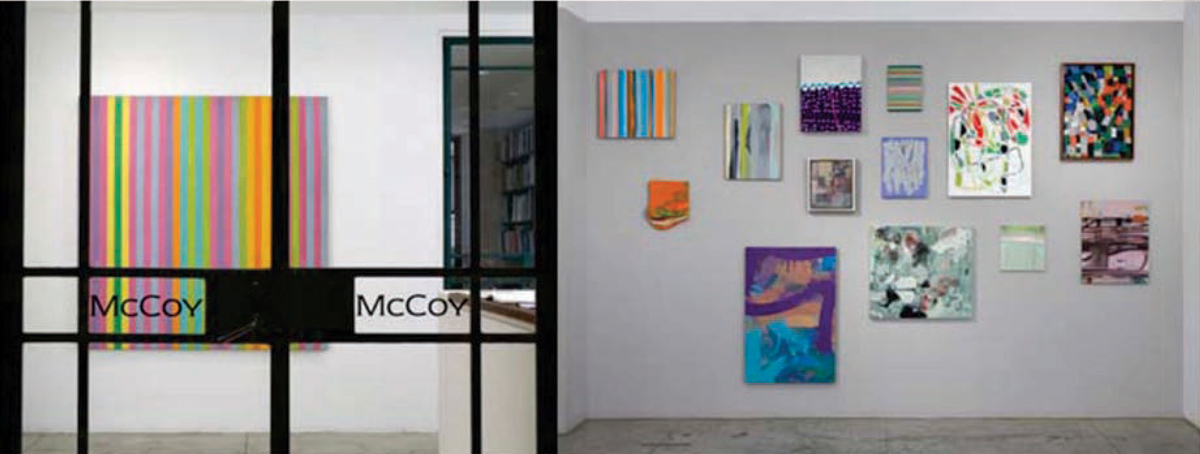
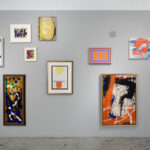
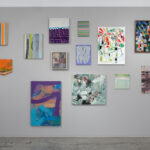
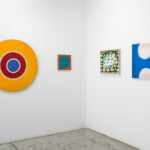
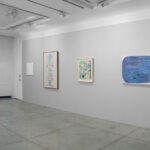
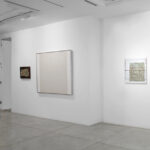
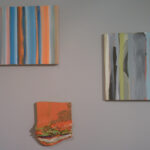
One Reply to “Abstraction: Informers and The Informed By Peggy Roalf”